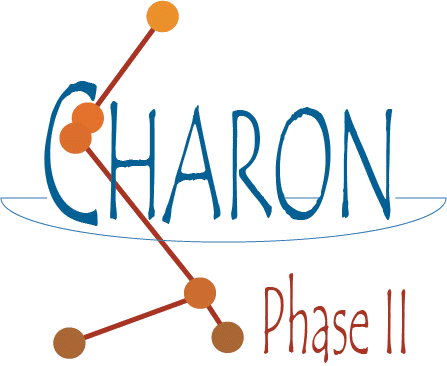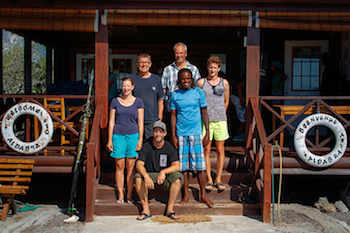Recently finished project:
CHARON
Marine Carbonate archives: Controls on carbonate precipitation and pathways of diagnetic alteration

Carbonates are arguably the most important rock type for reconstructing Earth system evolution with respect to the physical and chemical evolution of the oceans, as well as changes in atmospheric composition and global climate. The evolution of the climatic and physico-chemical parameters on Earth's continents and in the oceans throughout the Phanerozoic can be inferred by analysing marine and continental carbonate archive proxies including the geochemistry, fabrics, and mineralogy of these deposits. All carbonates are subject to variable degrees of post-depositional/post-mortem alteration, often commencing at a very early stage and continuing into the deep burial and anchimetamorphic domain.
In sub-project T7 the researchers from the Georg-August university of Göttingen are interested in the microbial alteration of geochemical and isotope proxies in fine-grained carbonate sediments.  A combined approach of pore water analyses, mineralogical and isotope analyses, plus NGS-based metagenomic and metatranscriptomic analyses of sediment microbial communities is developed to trace changes in fine-grained primary carbonates at shallow sediment depth in a tropical lagoonal setting on the atoll of Aldabra. The sediments will be screened for corrosion and recrystallization of existing carbonate crystallites as well as syntaxial growth or even new precipitation, supplemented with δ13C and δ18O analyses. These traditional stable isotope measurements are complemented by δ26Mg and δ44Ca analyses to assess their susceptibility with respect to pore water changes and microbial activity. The study provides an important basis to assess traditional stable isotope signals in the fossil record, which are widely used as palaeoenvironmental proxies, as well as a test for the use of non-traditional isotopes for tracing diagenetic pathways in a natural setting.
A combined approach of pore water analyses, mineralogical and isotope analyses, plus NGS-based metagenomic and metatranscriptomic analyses of sediment microbial communities is developed to trace changes in fine-grained primary carbonates at shallow sediment depth in a tropical lagoonal setting on the atoll of Aldabra. The sediments will be screened for corrosion and recrystallization of existing carbonate crystallites as well as syntaxial growth or even new precipitation, supplemented with δ13C and δ18O analyses. These traditional stable isotope measurements are complemented by δ26Mg and δ44Ca analyses to assess their susceptibility with respect to pore water changes and microbial activity. The study provides an important basis to assess traditional stable isotope signals in the fossil record, which are widely used as palaeoenvironmental proxies, as well as a test for the use of non-traditional isotopes for tracing diagenetic pathways in a natural setting.
For more details, please visit the CHARON homepage.

